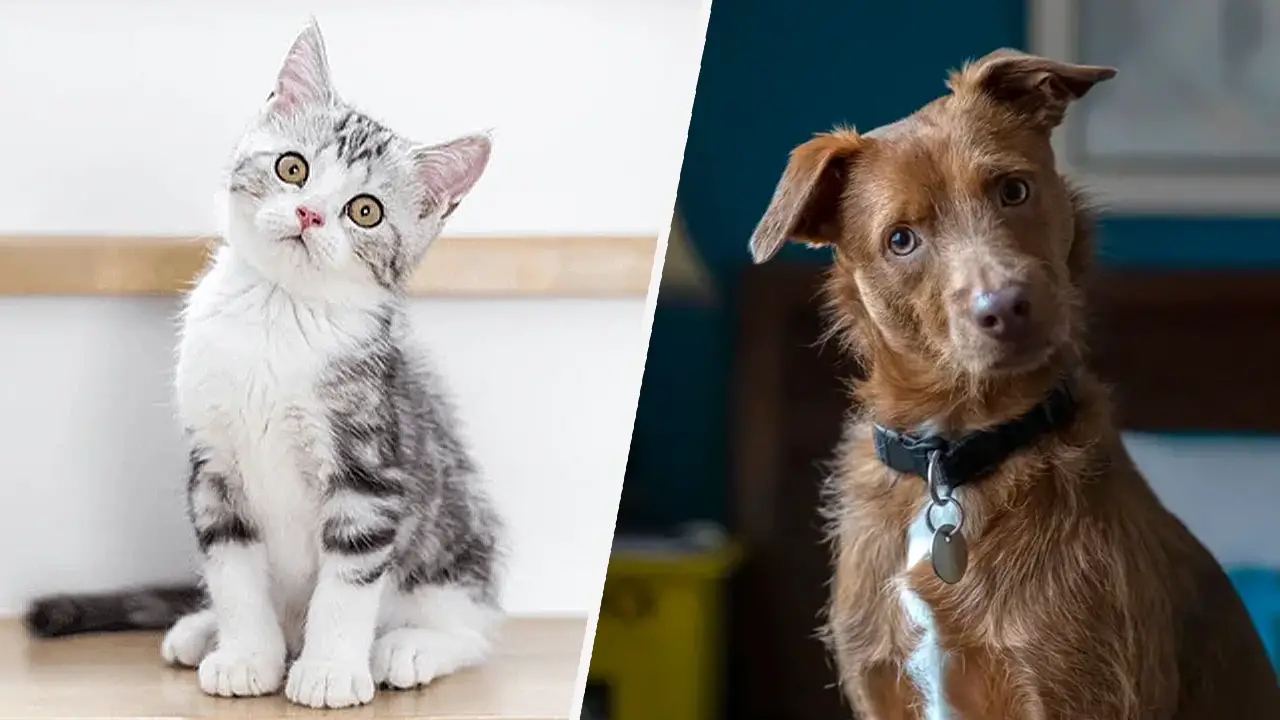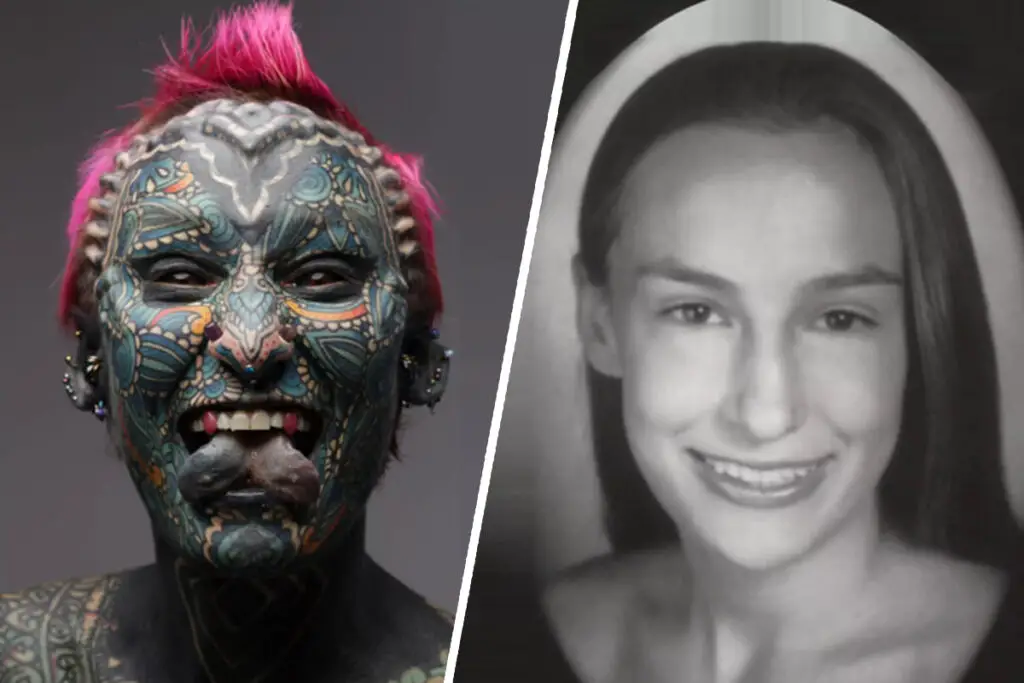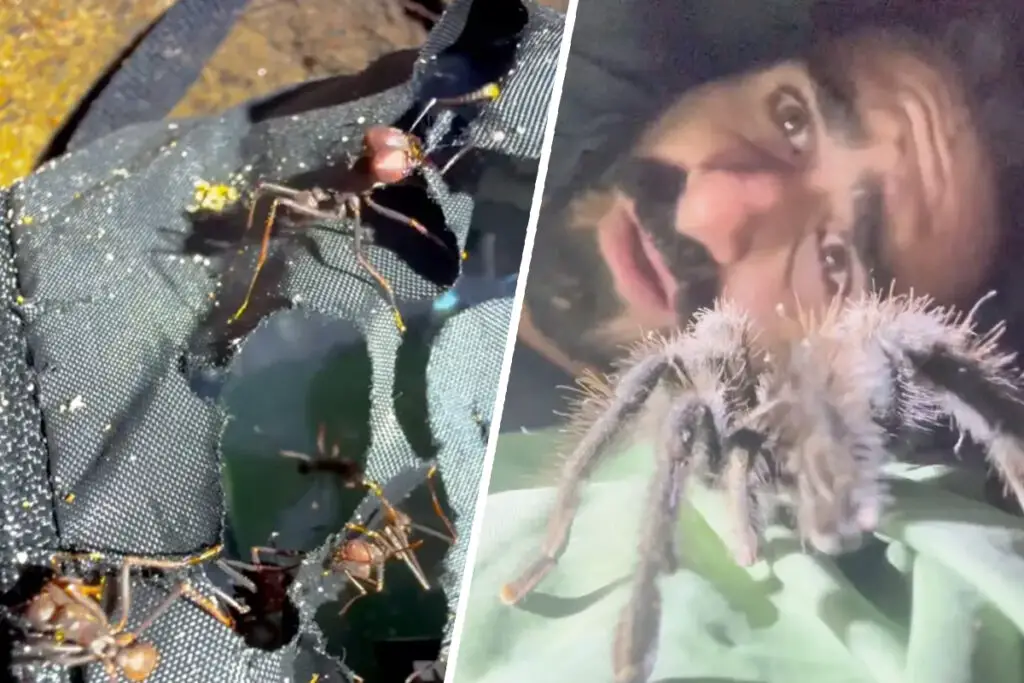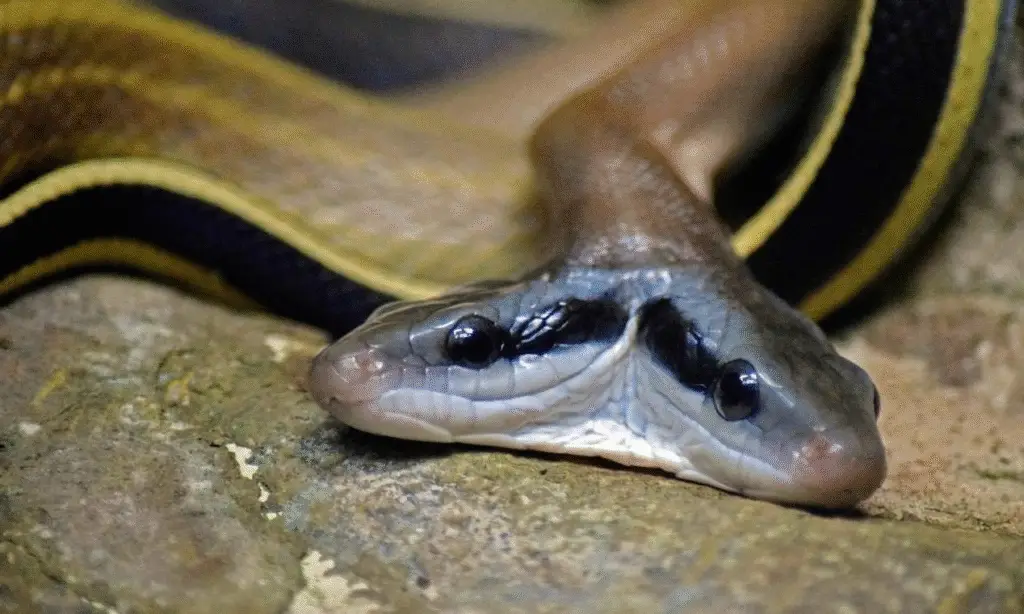Why Dogs and Cats Tilt Their Heads and What It Says About Them

You know the moment: Your dog hears “walk,” or your cat catches a faint rustle, and bam—that head tilts, ears twitch, eyes lock on like they’re solving a puzzle.
It’s adorable enough to dominate TikTok and melt even the grumpiest hearts.
But there’s more to this quirk than cuteness. Scientists are diving deep into why dogs and cats tilt their heads, and it’s a fascinating peek into their sensory and social worlds.
Here’s what’s going on, broken down into bite-sized pieces.
A Sensory Superpower at Work
Dogs and cats live in a sensory universe we can barely grasp. Their ears are like top-notch radar systems.
Dogs pick up frequencies up to 65,000 Hz, way past our measly 20,000 Hz, per a 2018 Journal of Veterinary Behavior study.
Cats? They’re next-level, hitting 85,000 Hz, according to 2020 research from the University of Tokyo.
That head tilt? It’s often them tweaking the dials to pinpoint a sound.
“Animals tilt their heads to localize noises,” says Julia Meyers-Manor, an animal cognition expert at Ripon College.
“It’s like adjusting your Bluetooth speaker for better sound.” My cat does this when a bird chirps outside—she tilts like she’s plotting world domination.
Dogs might do it when you jingle their leash. It’s not just ears, though.
A 2022 Scientific American article notes cats tilt to see past their long muzzles, while dogs, especially flat-faced breeds like pugs, adjust to clear visual blind spots.
Think of barn owls, which a 2017 Journal of Anatomy study showed can swivel their heads 270 degrees to hunt in the dark.
Dogs and cats aren’t that extreme, but the instinct to “tune in” drives those tilts when treat bags crinkle or floorboards creak.
Brains in Action: Processing Power
Here’s where it gets juicy: That tilt isn’t just sensory—it’s a brain workout.
A 2021 Animal Cognition study from Hungary’s Eötvös Loránd University tested “gifted” dogs who know over 100 toy names.
When owners said a toy’s name, these pups tilted their heads 43% of the time, compared to 2% for regular dogs.
“It’s like humans tilting their heads to recall something,” says lead researcher Andrea Sommese.
Cats aren’t far behind. A 2019 Behavioural Processes study found they recognize their names and often tilt when hearing them.
My Siamese gives me this dramatic tilt when I call her, like she’s debating if I’m worth her time.
A 2023 University of Sydney study saw cats tilting more during play or when puzzled by new objects, suggesting curiosity at play.
“Cats are problem-solvers,” says feline behaviorist Dr. Sarah Ellis in a BBC interview. “That tilt shows they’re strategizing.”
In my view, dogs tilt to please us, while cats do it for their own detective work. Either way, it’s their brains firing on all cylinders.
Wired for Connection: Brain Lateralization
Let’s nerd out for a sec. Dogs and cats have “lateralized” brains, where each side handles specific tasks.
A 2016 Science study found dogs process praise words on the left but tone on the right.
Cats, per a 2021 Frontiers in Veterinary Science paper, use asymmetric ear movements to nail down sound direction, tied to their super-fast superior colliculus, a midbrain area, per a 2015 Neurology study.
Sommese thinks the tilt reflects this neural teamwork. “It’s their brain retrieving info,” he says.
Vision plays a role too. Dogs tilt to see past snouts—brachycephalic breeds like bulldogs do it 25% more, per a 2022 PLOS One study.
Cats, with slit pupils for depth, tilt for focus, especially in low light, says a 2021 Journal of Vision article.
I find it wild how this makes pets seem human-like. My dog’s tilt feels like he’s saying, “Wait, what?” My cat’s? Pure judgment, like she’s sizing up my life choices.
Social Smarts and Human Hype
Here’s the kicker: Pets know we’re suckers for their tilts. “Humans reinforce it with smiles or treats,” Meyers-Manor says.
A 2023 PetMD report backs this—our cooing trains them to tilt more. I’m guilty: I lose it when my cat tilts, and she knows it.
Dogs, pack animals at heart, tilt to bond. A 2018 Nature study says their “puppy eyes” evolved for us; tilts amplify that.
Cats tilt to engage too, but selectively—think slow blinks with a side of sass, per a 2020 PLOS One study showing tilted cats approach owners 15% faster.
Social media eats this up. TikTok’s 2024 data shows dog tilt videos lead cats by 10%, but feline ones trend for “attitude.”
A 2024 YouGov poll says 65% of Americans find dog tilts “endearing,” with cats at 58%. Dogs win cute; cats own mystique. I say it’s a tie—both make us feel connected.
Health Alerts: When to Worry
Not to rain on the parade, but tilts can signal trouble. Persistent tilting might mean ear infections, hitting 20% of dogs yearly, per the AVMA.
Cats, especially seniors, face vestibular syndrome, causing circling or tilts, says a 2022 Cornell Feline Health Center report.
My dog once tilted for days—turned out to be earwax, but it scared me.
“If it lasts over 24 hours, see a vet,” advises Dr. Gary Richter on Rover.com.
Rare issues like hypothyroidism in dogs or toxoplasmosis in cats can also cause tilts, per a 2021 Veterinary Journal study and CDC data. Regular checkups are a must.
The Visual Edge
Sight matters too. Dogs’ narrower binocular vision means tilts expose more retina, especially when watching faces, per a 2019 Applied Animal Behaviour Science study.
Cats, built for hunting, tilt for precision—20% more in dim light, per Cornell data. My cat’s laser-pointer tilts are surgical.
It’s a full-body hack, blending senses to navigate our noisy world. Urban pets tilt more to sort out echoes, per a 2023 Animal Welfare study.
Cultural Craze and Viral Vibes
From Disney’s Bolt to Grumpy Cat, tilts are pop culture gold. Behaviorist Dr. Zazie Todd says they “humanize pets,” per Psychology Today. I agree—they make dogs and cats feel like partners, not just pets.
Training can boost tilts. Pair commands with rewards for dogs; use clickers for cats. A 2023 Animal Welfare study says tilted responses speed learning by 30%. But don’t overdo it—let their natural spark shine.
Echoes of Evolution
Wild ancestors tilted for survival—wolves at howls, wildcats at prey, per a 2022 Evolutionary Biology paper. Domestication turned it into a social tool. To me, it’s proof pets evolve with us, tilting to connect.
Playtime and Pure Joy
Finally, tilts during play scream happiness. Dogs tilt at squeaky toys; cats at feather wands. A 2024 Frontiers study links it to dopamine spikes. Watching my pets tilt mid-zoomies? That’s the good stuff—pure, unfiltered joy.
































